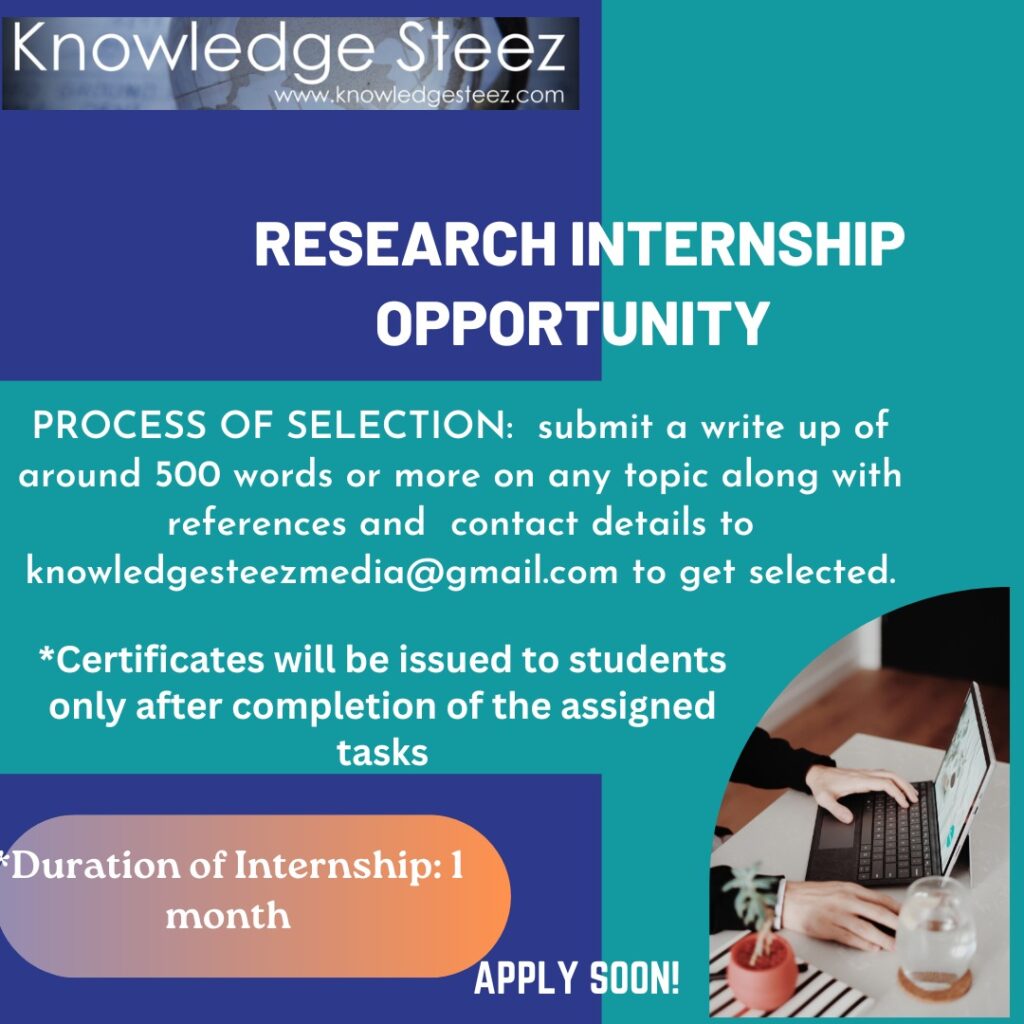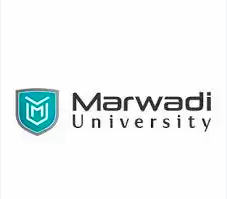ABOUT THE OPPORTUNITY :
The call for edited book chapters on sports law and dispute resolution mechanisms arises from the increasing complexity and
global nature of sports-related legal issues. With the expansion of the sports industry, including international competitions,
sponsorship deals, and athlete contracts, there is a growing demand for comprehensive insights into the legal aspects
governing these dynamics. Sports law encompasses a wide range of topics, such as contractual disputes, intellectual property
issues, anti-doping regulations, disciplinary actions, and player rights. The need for a nuanced understanding of these areas
has prompted the call for contributions to an edited book that aims to provide a cohesive exploration of sports law and its
evolving landscape
TARGET AUDIENCE :
The target readership for a book on sports law and
dispute resolution mechanisms would likely include a
diverse audience with specific interests in the
intersection of sports and legal issues. Potential
readers might include:
• Law Students and Practitioners
• Sports Management Professionals
• Athletes
• Sports Administrators and Officials
• Academics and Researchers
• Sports Enthusiasts
• Arbitrators and Mediators
TIMELINE :
SUBMISSION OF ABSTRACT- 22nd MARCH, 2024
ACCEPTANCE OF ABSTARCT- 27TH MARCH, 2024
SUBMISSION OF FULL PAPER- 15TH APRIL, 2024
ACCEPTANCE OF FULL PAPER- 22nd APRIL, 2024
FIRST REVIEW OF FULL PAPER- 17TH MAY, 2024
REVISED FULL PAPER SUBMISSION- 30TH MAY, 2024
INMITATION OF FINAL SUBMISSION- 17TH JUNE, 2024
PUBLICATION OF FINAL BOOKSEPTEMBER/ OCTOBER 2024
USE OF FOOTNOTES & SUBMISSION :
• To identify the source of quotations or paraphrases;
• To acknowledge indebtedness for words, phrases or ideas borrowed;
• To explain where additional evidence or commentary may be found;
• To provide additional material or discussion that is relevant but which would disrupt the flow of
the text if it were included in the main text itself, and
• To refer the reader to other parts of the paper
• To enable the reader to read the reference without having to turn to the end of the text which
would otherwise tend to disrupt the flow of the text and hamper smooth reading.
TENTATIVE PUBLISHER: EASTERN BOOK COMPANY :
All Submission to be sent to: [email protected]
CC to : [email protected]









